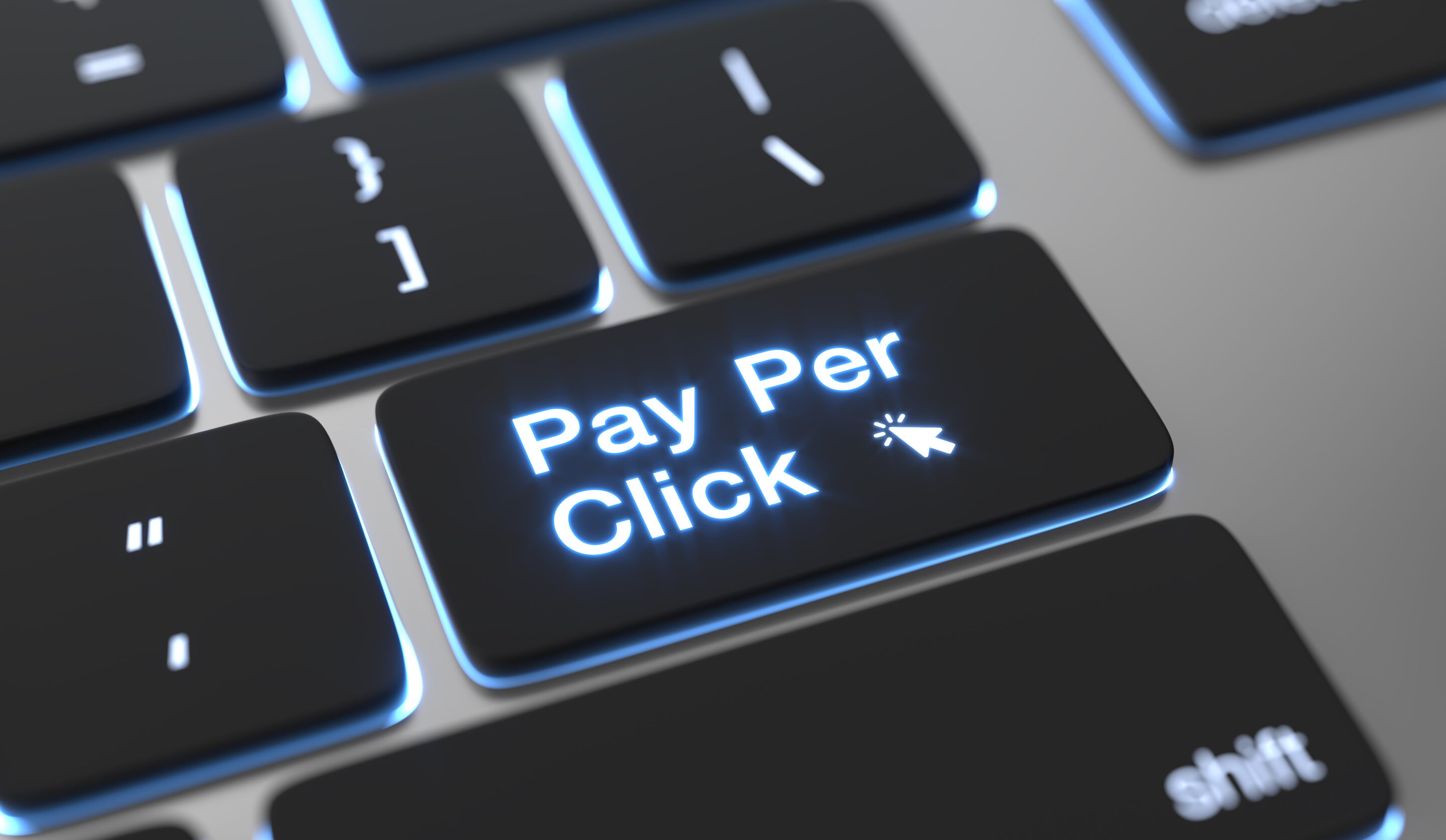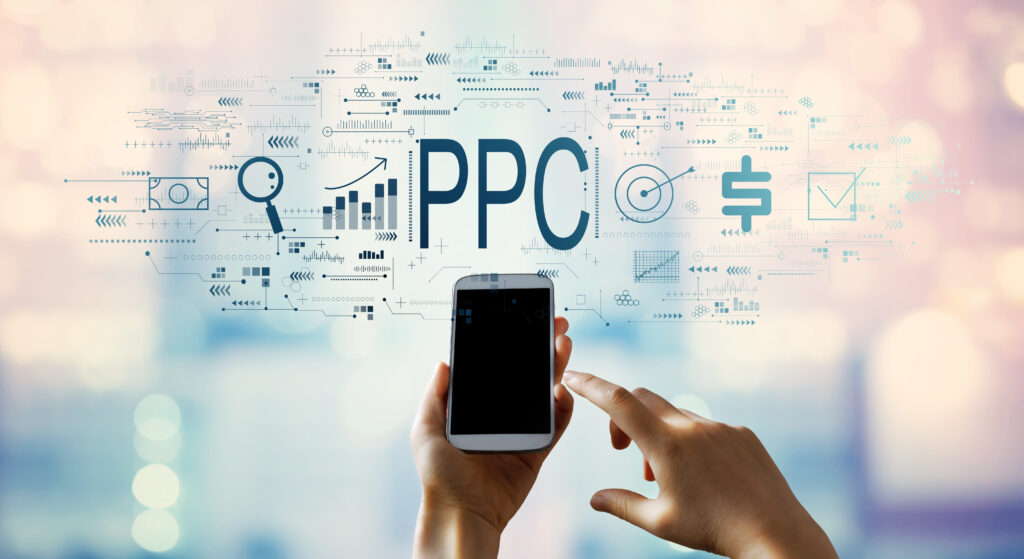“One in five marketers say pay-per-click advertising delivers the highest ROI of all the marketing channels they use.” – Alisha Rechberg.
Pay-per-click advertising, also referred to as PPC is a digital marketing strategy that has revolutionized how businesses reach their target audiences.
PPC involves advertisers paying a fee each time one of their ads is clicked, buying visits to their site rather than attempting to earn those visits organically.
The PPC model directly links ad expenses to website traffic, providing a measurable and cost-effective method to drive sales and increase brand awareness.
Whether your business is a small retail startup or a large enterprise, understanding the nuances of pay-per-click advertising can significantly improve your marketing efforts.
What is Pay-Per-Click Advertising?
Pay-per-click advertising, also known as PPC, is a digital marketing method where advertisers pay a fee each time a user clicks on their online ad.
The PPC model is utilized across several platforms, including Google, Facebook, and LinkedIn, offering businesses a cost-effective way to promote their products or services.
Businesses that leverage PPC ads can target specific audiences based on keywords, demographics, and browsing behavior, facilitating precise audience reach and performance metrics.
“… businesses only pay a fee (known as the cost-per-click or CPC) when a user clicks on their ad, it is regarded as a very cost-effective form of marketing that generally yields a good return on investment.” – Monique Danao.
Why Should Retailers Include PPC in their Marketing Strategies?
Retailers should include pay-per-click advertising in their marketing strategies for several compelling reasons:
Firstly, PPC offers immediate visibility at the top of Google search results, providing instant exposure to potential customers in crowded marketplaces.
This reach benefits retailers, especially new or small businesses, seeking to quickly attract attention and drive traffic to their websites.
In addition, PPC advertising provides measurable results and ad spending, allowing retailers to track campaign performance in real time and optimize marketing budgets to achieve optimal ROI.
Is Pay-Per-Click Advertising Effective?
PPC advertising is highly effective. Research conducted by Statista has found that:
- The average business earns $2 in revenue for every $1 spent on Google Ads, resulting in a 200% ROI from PPC advertising.
- Ad spending in the Search Advertising market is estimated to hit US$306.7 billion in 2024.
- The United States is expected to generate the highest ad spending globally, with US$132 billion in 2024.
- The average ad spending per internet user is forecasted to be US$55.4 in 2024.
How Do Pay-Per-Click Ads Work?
Step 1: Advertiser Selects Keywords
In pay-per-click advertising, the advertiser chooses relevant keywords related to their products or services.
Step 2: Bidding on Keywords
Advertisers place bids on these keywords, indicating the maximum amount they are willing to pay for a click on their ad.
Step 3: Ad Placement
When users search for these keywords, an auction is held to determine which ads will appear on the search engine results page (SERP).
Step 4: Ad Ranking
Ad position is determined based on factors like bid amount and ad quality, with higher-quality ads often ranking higher.
Step 5: Consumer Clicks on Ad
When a user clicks on the ad, the advertiser pays the search engine the agreed-upon cost-per-click (CPC).
Step 6: Conversion
After clicking on the ad, the user is directed to the advertiser’s website, where they may take a desired action, such as purchasing a product.
Step 7: Performance and Tracking
Advertisers track the performance of their ads using metrics like click-through rate (CTR) and conversion rate.
Which are the Top Pay-Per-Click Ad Platforms in the USA?
Google Ads
Google Ads, With over 73% of the global market share, is the largest and most widely used PPC advertising network.
It offers a variety of bidding strategies, extensive targeting options, and a vast network of partner websites, including YouTube and Blogger.
Microsoft Advertising (Bing Ads)
Formerly known as Bing Ads, Microsoft Advertising is the second-largest PPC platform, with a significant market share in the USA and the UK.
Bing Ads provides paid search engine results and displays advertising on popular sites like MSN, Yahoo!, and AOL, offering a high-end demographic with less competition for keywords.
Meta for Business (Facebook Ads)
Facebook Ads focuses on demographic targeting rather than search, allowing advertisers to reach specific audiences on Facebook, Instagram, Messenger, and the Audience Network.
Facebook Ads offers native content ads, accurate demographic targeting, and a comparatively lower cost-per-click than other platforms.
LinkedIn Ads
Known as “Facebook for professionals,” LinkedIn Ads enable the targeting of business professionals, such as marketing experts and executives.
The platform offers several ad formats, including sponsored posts, InMail, and text ads, with narrowed targeting options across specific verticals.
Taboola
Taboola specializes in native advertising, displaying sponsored content on a curated list of websites like Business Insider and CNBC.
It offers low CPC compared to other networks, high-quality sites with significant traffic volumes, and options for retargeting previous campaign clickers.
“PPC marketing can be an effective way to increase website traffic, generate leads, and boost sales. However, it requires expertise, strategy, and ongoing optimization to achieve optimal results.” – Simplilearn.
Final Comments
Pay-per-click advertising is a key tool in the digital marketing toolbox, offering businesses immediate consumer reach, precise demographic targeting, and performance measures.
For businesses that implement the right PPC strategy and platform selection tailored to their unique goals and audience, they will harness the power of PPC ads to drive ROI.
Whether opting for Google Ads’ broad reach, LinkedIn Ads’ specific demographic targeting, or native advertising opportunities through Taboola, the potential for high-impact, cost-effective marketing has yet to be fully realized.
Thank you for reading our article!
TimeWellScheduled is secure online time and attendance software 100% tailored to meet your scheduling needs! Our cloud-based scheduling solution optimizes employee attendance tracking, simplifies payroll administration, and enhances staff management capabilities. Plus, our service is free for up to 10 employees!
Click here to download our (Excel) employee scheduling template; It’s FREE!






